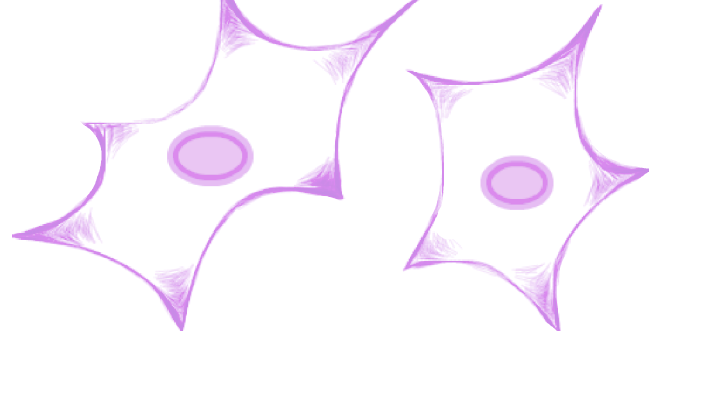Cell Senescence Entries for MTOR
- Cell Types
- Foreskin fibroblast
- Cell Lines
- BJ
- Cancer Cell?
- No
- Method
- Knockout
- Type of senescence
- Stress-induced
- Senescence Effect
- Inhibits
- Primary Reference
- Liu et al. (2020) A large-scale CRISPR screen and identification of essential genes in cellular senescence bypass. Aging (Albany NY) 11(12)4011-4031 (PubMed)
MTOR Gene Information
- HGNC symbol
- MTOR
- Aliases
- FLJ44809; FRAP; FRAP1; FRAP2; RAFT1; RAPT1
- Common name
- mechanistic target of rapamycin kinase
- Entrez Id
- 2475
- Description
- The protein encoded by this gene belongs to a family of phosphatidylinositol kinase-related kinases. These kinases mediate cellular responses to stresses such as DNA damage and nutrient deprivation. This kinase is a component of two distinct complexes, mTORC1, which controls protein synthesis, cell growth and proliferation, and mTORC2, which is a regulator of the actin cytoskeleton, and promotes cell survival and cell cycle progression. This protein acts as the target for the cell-cycle arrest and immunosuppressive effects of the FKBP12-rapamycin complex. Inhibitors of mTOR are used in organ transplants as immunosuppressants, and are being evaluated for their therapeutic potential in SARS-CoV-2 infections. Mutations in this gene are associated with Smith-Kingsmore syndrome and somatic focal cortical dysplasia type II. The ANGPTL7 gene is located in an intron of this gene. [provided by RefSeq, Aug 2020].
MTOR Ontologies
- Gene Ontology
-
Process: GO:16310; phosphorylation
GO:80135; regulation of cellular response to stress
GO:6950; response to stress
GO:18105; peptidyl-serine phosphorylation
GO:2000112; regulation of cellular macromolecule biosynthetic process
GO:42221; response to chemical
GO:32270; positive regulation of cellular protein metabolic process
GO:48511; rhythmic process
GO:6468; protein phosphorylation
GO:32956; regulation of actin cytoskeleton organization
GO:10628; positive regulation of gene expression
And 83 more GO terms Cellular component: GO:31931; TORC1 complex
GO:5634; nucleus
GO:5737; cytoplasm
GO:16020; membrane
GO:5794; Golgi apparatus
GO:31410; cytoplasmic vesicle
GO:5783; endoplasmic reticulum
GO:5789; endoplasmic reticulum membrane
GO:43231; intracellular membrane-bounded organelle
GO:5739; mitochondrion
GO:5765; lysosomal membrane
And 12 more GO terms
Show all GO termsFunction: GO:166; nucleotide binding
GO:4674; protein serine/threonine kinase activity
GO:4712; protein serine/threonine/tyrosine kinase activity
GO:5524; ATP binding
GO:16301; kinase activity
GO:16740; transferase activity
GO:106310; protein serine kinase activity
GO:44877; protein-containing complex binding
GO:5515; protein binding
GO:42802; identical protein binding
GO:51219; phosphoprotein binding
And 7 more GO terms
Homologs of MTOR in Model Organisms
- Caenorhabditis elegans
- let-363
- Danio rerio
- mtor
- Drosophila melanogaster
- Tor
- Mus musculus
- Mtor
- Rattus norvegicus
- Mtor
- Saccharomyces cerevisiae
- TOR2
- Schizosaccharomyces pombe
- tor2
In other databases
- GenAge model organism genes
- GenAge human genes
- This gene is present as MTOR
- GenDR gene manipulations
- A homolog of this gene for Caenorhabditis elegans is present as let-363
- LongevityMap
- This gene is present as MTOR
External links
- OMIM
- 601231
- Ensembl
- ENSG00000198793
- Entrez Gene
- 2475
- UniGene
- 338207
- 1000 Genomes
- 1000 Genomes
- HPRD
- GenAtlas
- MTOR
- GeneCards
- MTOR
